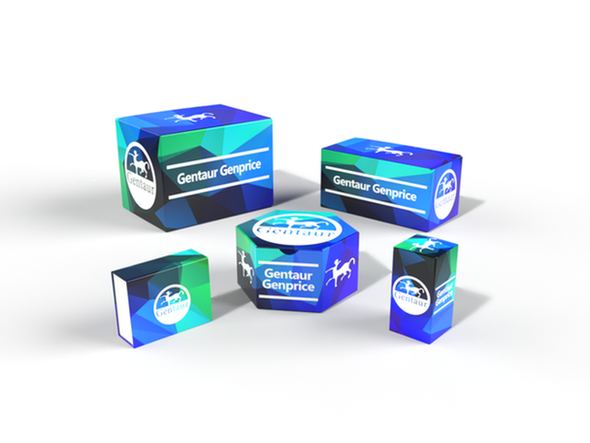Description
CRABP2 polyclonal Antibody | BS8508 | Gentaur UK, US & Europe Distribution
Host: Rabbit
Reactivity: Human,Mouse,Rat
Application: WB IHC IF
Application Range: WB: 1:500~1:2000 IHC: 1:50~1:200 IF: 1:50~1:200
Background: The cellular retinoic acid-binding protein (CRABP) -I and a related isoform CRABP-II are nuclear receptors for retinoic acid (RA), an important regulator of cell growth and differentiation in fetal and adult tissues. These CRABP proteins mediate the downstream effects of RA in distinct ways. CRABP-I negatively regulates the activity of RA by enhancing the production of RAmetabolizing enzymes and increasing the rate at which RA is degraded. CRABP-II enhances the effects of RA by directly interacting with RA receptors (RAR) and, in turn, promoting the formation of RAR-RA complexes and stimulating RA-mediated gene transcription. Both CRABP-I and CRABP-II are expressed in the embryo, and CRABP-I is ubiquitously expressed in various adult tissues. The expression of CRABP-II is elevated in cells that synthesize relatively large amounts of RA, and it is also predominantly expressed in skin, uterus, ovary, and in the choroid plexus.
Storage & Stability: Store at 4°C short term. Aliquot and store at -20°C long term. Avoid freeze-thaw cycles.
Specificity: CRABP2 polyclonal Antibody detects endogenous levels of CRABP2 protein.
Molecular Weight: ~ 15kDa
Note: For research use only, not for use in diagnostic procedure.
Alternative Names: Cellular retinoic acid-binding protein 2; Cellular retinoic acid-binding protein II; CRABPII; CRABP II; CRABP2; CRABP 2
Immunogen: Recombinant full length Human CRABP2.
Conjugate: Unconjugated
Modification: Unmodification
Purification & Purity: The Antibody was affinity-purified from rabbit antiserum by affinity-chromatography using epitope-specific immunogen and the purity is > 95% (by SDS-PAGE) .
Pathway: Cell Cycle Control G1 S Checkpoint,






